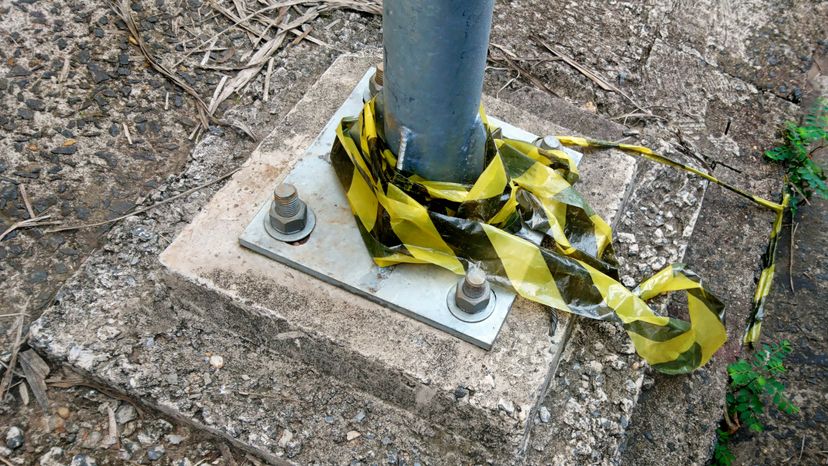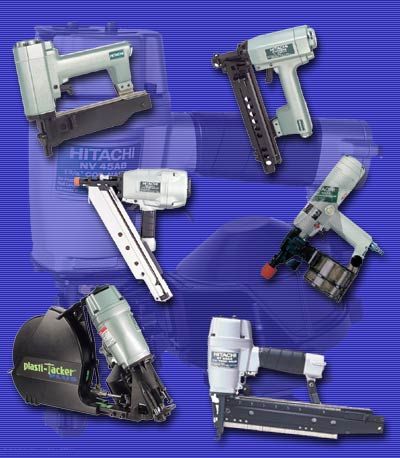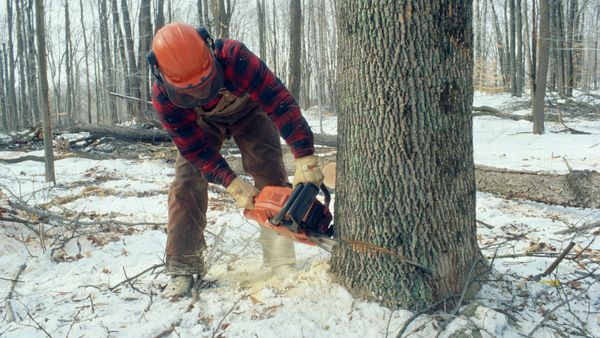
To put screws in concrete you need special screws, a drill and the right technique. Concrete screws are the only kind of screws that are strong enough to penetrate concrete. They come in different lengths, and it's important to have several sizes on hand. Concrete is a dense material, so you'll need a screw that can penetrate 1 inch (2.5 centimeters) into the concrete; then add an additional inch (2.5 centimeters) more than the thickness of the material you are attaching to the concrete, so that the screw is embedded strongly enough.
Knowing how to drill the hole is important when you use concrete screws. You have to allow for a little extra depth to your drill hole, because dust accumulates inside. A hammer drill is good for this purpose because you can adjust the depth of the hole so it won't be too shallow or too deep.
Advertisement
There are two kinds of screw heads for work with concrete -- hex head or flat head Phillips. Hex screws are easier to drive in, but they don't look as nice because the caps are raised and they can't be flush to the surface; so your choice depends on the location of the screw. Align the screw and then use constant low-to-medium pressure on the drill when driving in the screw. Never drive the screw in at high speed, which can damage the threads and cause the screw head to break.
Sometimes you can run into problems when putting screws in concrete. If you're having trouble driving the screw in, the hole might not be deep enough or there might be too much dirt inside. If the screw spins with no grip and doesn't tighten, you may have to put a plastic anchor in the hole and drive the screw directly into the anchor.
Advertisement


